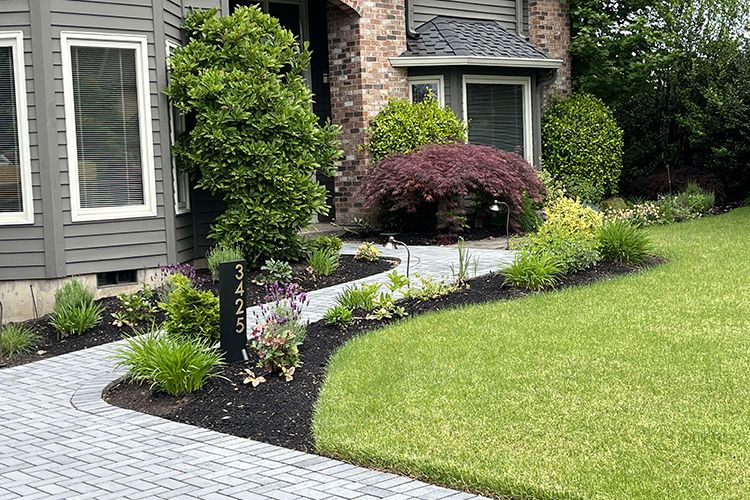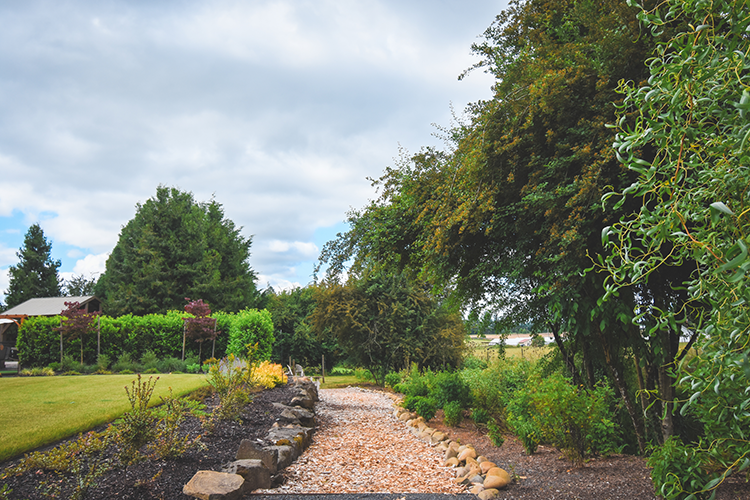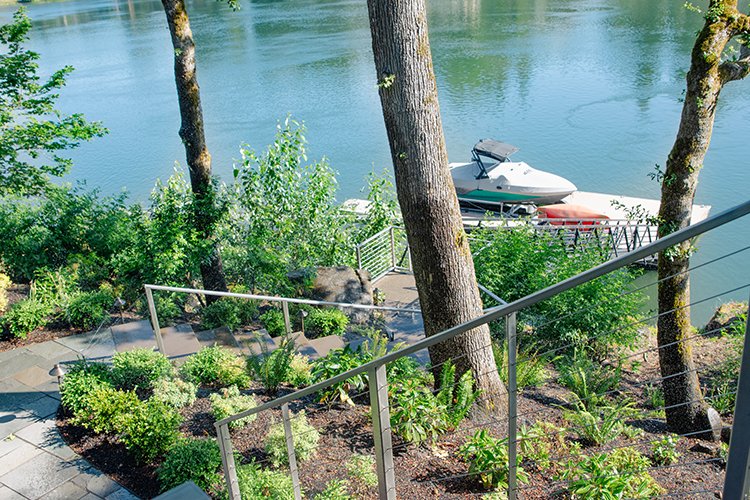OUR SUSTAINABLE PRACTICES
|
Being an environmentally aware landscape architectural firm, we promote sustainable development, green infrastructure, sustainable urban development, the application of ecological design, the improvement of water management, the increase of energy efficiency and the use of low impact materials. Specifically, our landscape designs promote and incorporate into their specifications the following sustainable practices: Preservation: We strive to preserve and protect valuable on-site features, such as mature trees, during our landscape design process. Preserving mature trees enhances air quality, supports wildlife, reduces erosion, regulates temperature, and adds both aesthetic and economic value. Reuse or Reclaim On-Site Materials: During our initial site analysis, we conduct a thorough inventory of all existing materials and features to identify opportunities for reuse in the new design. For example, a large tree slated for removal may be repurposed into seating or milled into planks for raised garden beds. Similarly, boulders and stones unearthed during excavation can be transformed into garden accents or borders. Native Plants: We encourage the use of native plants wherever possible, as they are well-suited to the Pacific Northwest's climate and conditions. Native plants require less water and upkeep, promote biodiversity, support local wildlife, and contribute to sustainable, beautiful landscapes that thrive naturally. Replace Conventional Lawn with Ecological Alternatives: Traditional lawns can be high-maintenance, requiring weekly mowing and regular fertilization, which can strain both your resources and the environment. To reduce this impact, we recommend replacing portions of your lawn with wildflower mixes, no-mow grasses, or herbaceous groundcovers such as dwarf thyme and chamomile. Strategic Irrigation Plans: We design planting plans by grouping plants with similar water needs together, which informs an efficient irrigation system. This approach creates water-use zones within the landscape, optimizing irrigation by ensuring each zone receives the appropriate amount of water without waste. Local Stone: For a low-carbon footprint landscape, we partner with stone vendors to source high-quality local stone. By using locally sourced materials, you reduce transportation emissions while adding lasting beauty and functionality to your design through natural pathways, walls, and garden features. Stormwater Management: With all the rain we get in the Pacific Northwest, managing stormwater is essential! We design landscapes that use rain gardens, swales, and dry stream beds to capture and filter runoff, reducing erosion and protecting waterways while adding natural beauty. Drought-Tolerant Plants: If you want to reduce your water bill, we design drought-tolerant gardens using resilient plants and efficient irrigation systems. These sustainable landscapes conserve water, require less maintenance, and stay beautiful even during dry spells, helping you save resources while protecting the environment Local sourced and locally reclaimed: Incorporating locally sourced and reclaimed products is a fantastic way to create an environmentally responsible landscape. For example, reclaimed bricks can be used for pathways and reclaimed wood from old barns for raised beds. The natural patina on reclaimed products can give a landscape an established and enduring appearance Office: Our office managed to promote sustainable practices such as reducing unnecessary printing and recycling or reusing paper. Energy use is carefully monitored as well. |
|
Permeable Pavers |
Floodplain Native Planting |
|
Rain Garden |
Shoreline Native Planting |
|
Local Stone |
Eco Lawn |






